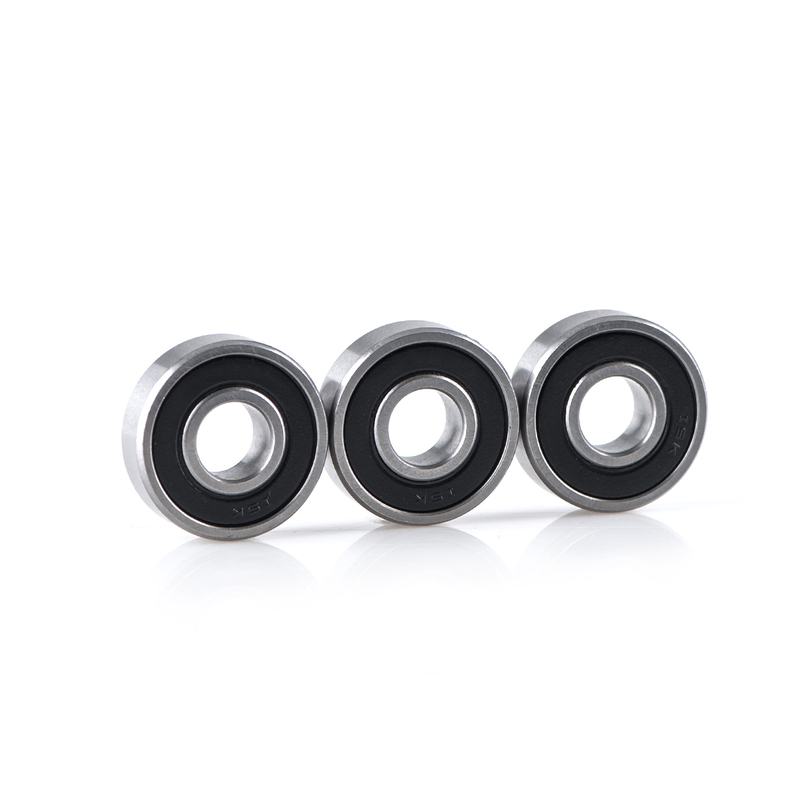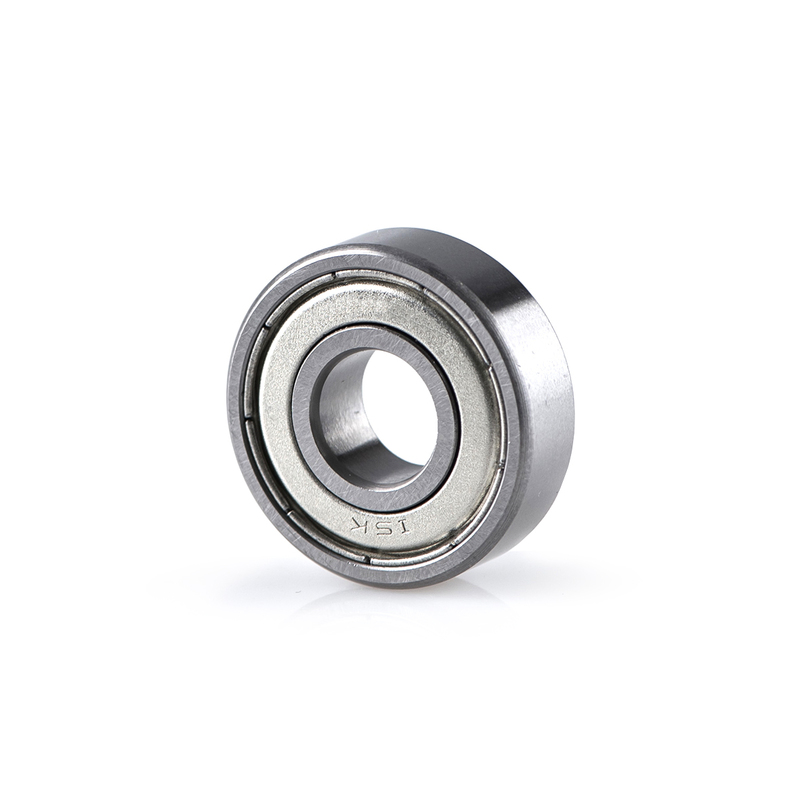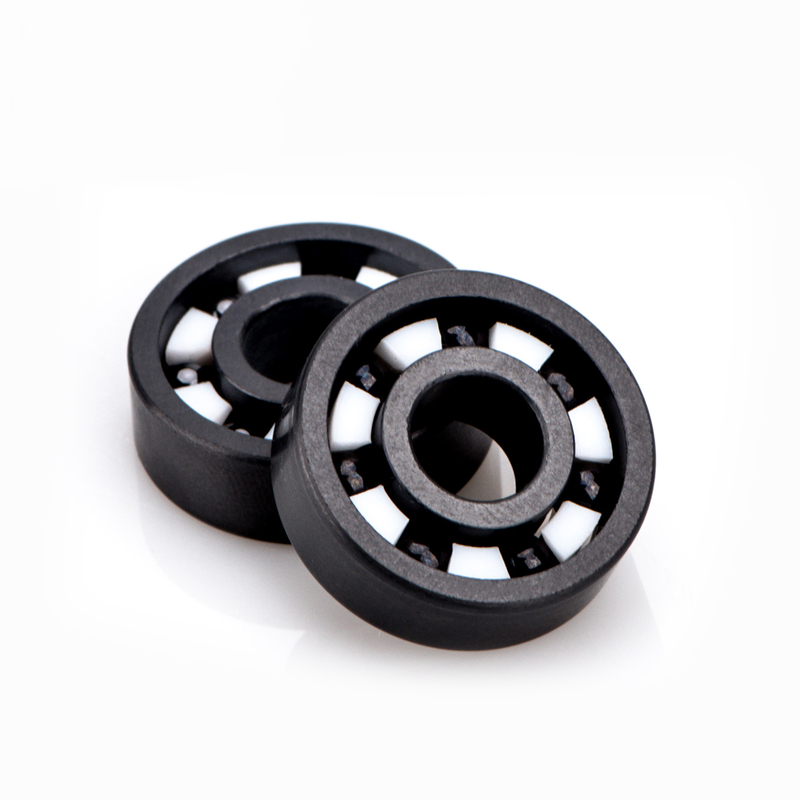Need Support?
Please provide your question. We’ll find you with the best support options.
1.Introduction of Industrial Bearing
2.What Are Industrial Bearings?
3.Types of Industrial Bearings
4.Selecting the Right Industrial Bearings
5.Materials of Industrial Bearings

In the intricate machinery of modern industries, precision and reliability are paramount. At the heart of these mechanical systems are industrial bearings – unsung heroes that bear the burden of ensuring smooth and efficient operation. In this comprehensive guide, we will dive deep into the realm of industrial bearings, exploring their significance, types, applications, materials, and the essential factors to consider when selecting and maintaining them.

Industrial bearings are specialized components designed to facilitate smooth motion and reduce friction in machinery. They are engineered to support various moving parts such as shafts, gears, and rotors, allowing them to rotate with minimal resistance. This crucial function ensures the efficiency and longevity of industrial equipment across a wide spectrum of industries.
 There is a myriad of industrial bearings available, each tailored to specific applications and operational conditions
There is a myriad of industrial bearings available, each tailored to specific applications and operational conditions
%E4%B8%BB.jpg)
These are the most common type of industrial bearings and are characterized by spherical balls that separate the bearing races. They excel in applications where high-speed, low-friction rotation is essential, such as in electric motors.
Roller bearings, including cylindrical, tapered, and spherical roller bearings, are used in heavy-load applications. They distribute loads over a larger surface area, providing enhanced load-bearing capacity and durability.
Needle bearings are designed for applications with limited radial space, thanks to their slender, cylindrical rollers. They are often used in automotive transmissions and aerospace systems.
Thrust bearings are engineered to handle axial loads and maintain shaft alignment. They find applications in gearbox assemblies and heavy machinery.
 Choosing the appropriate industrial bearings is critical for optimal equipment performance
Choosing the appropriate industrial bearings is critical for optimal equipment performance

Consider the magnitude and direction of the loads the bearing will encounter. Different bearing types offer varying load capacities, so select one that can withstand the expected forces.
Assess the required rotational speed of the machinery. Ball bearings are excellent for high-speed applications, while roller bearings are better suited for slower, heavy-duty tasks.
Evaluate the operating environment for factors such as temperature, moisture, and contamination. Specialized bearings with coatings or seals may be necessary for extreme conditions.
Proper lubrication is essential for reducing friction and extending bearing life. Choose the right lubricant and establish a maintenance schedule to ensure optimal performance.
 Industrial bearings are crafted from various materials to meet specific requirements
Industrial bearings are crafted from various materials to meet specific requirements
%201688.jpg)
Chrome steel and stainless steel are commonly used for their durability, corrosion resistance, and suitability for high-speed applications.

Ceramic bearings, often made from silicon nitride or zirconia, offer reduced friction, increased heat resistance, and extended longevity, making them ideal for demanding environments.
%20(2).png)
In certain applications where corrosion resistance and lightweight characteristics are crucial, plastic bearings made from materials like PTFE or nylon are used.
In the world of industrial machinery, the significance of bearings cannot be overstated. These unassuming components enable the smooth operation of diverse mechanical systems, from manufacturing plants to transportation equipment. By understanding the various types of industrial bearings, the materials they are made from, and the importance of proper selection and maintenance, you can optimize the performance and reliability of your industrial equipment. In doing so, you'll not only enhance efficiency but also minimize downtime and maintenance costs, ultimately contributing to the success of your industrial operations.
 Further reading:
Further reading:
Miniature Bearing Size Chart: A Comprehensive Guide to Miniature Ball Bearings
Master the Ball Bearing Size Chart: Your Ultimate Guide to Precision and Power
Discover more about the features and applications of various bearings.
Click here to explore more articles and find the perfect bearing for your project.
Needle Bearings (Roller Bearings) are a type of bearing that performs exceptionally well at high speeds. Their rollers are precisely guided by specially shaped, high-rigidity cages with minimal dimensional error. Despite their small cross-section, needle bearings...
How Do Ball Bearings Work? Bearings are often small and unassuming components in a product, yet they are crucial for its proper functioning. Without bearings, many products would fail to operate effectively. But do you know how ball bearings...
Please provide your question. We’ll find you with the best support options.